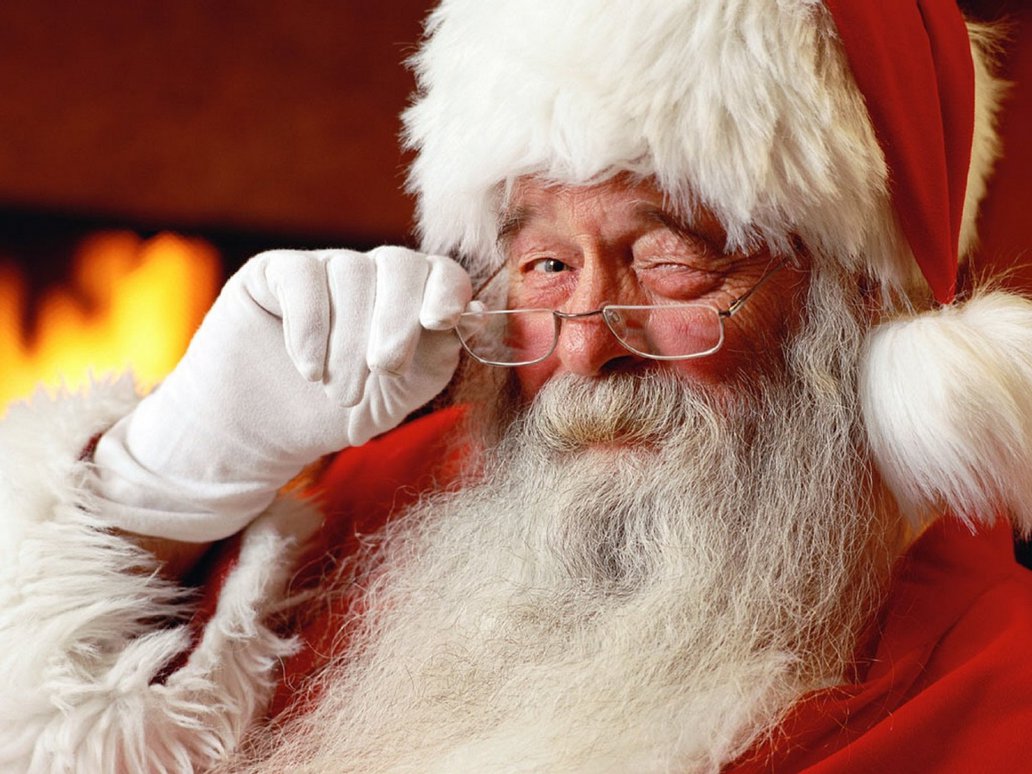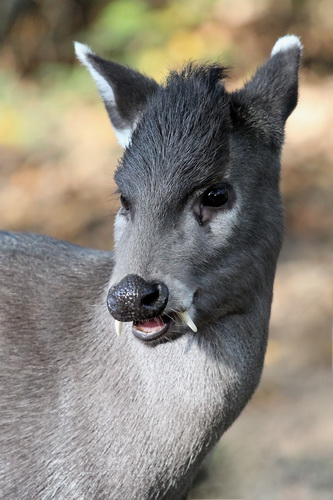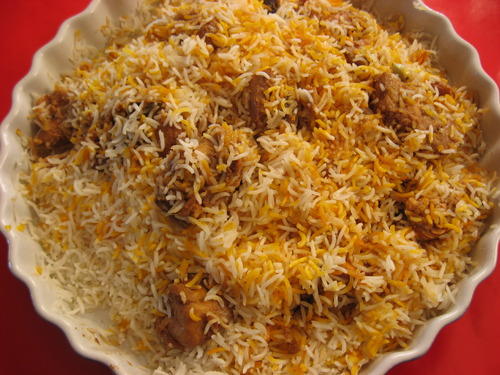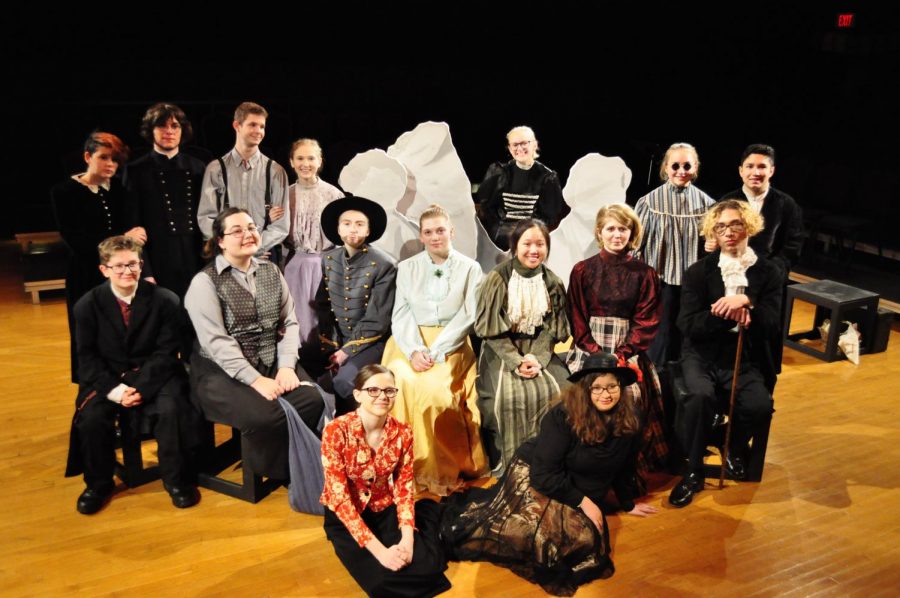Looking out the window with a cup of hot cocoa in your hand, you see fluffy snow blanketing the frozen ground. Decorations for Christmas, Hanukkah, Kwanza, and many more are scattered about diligently. With this much diversity in our world, it makes one wonder how everyone can find similar joy during this time of year.
A trend one can find in several cultures is the concept of “Santa Claus” as it has been most popularly known in the U.S. However there are several other countries such as China, Sweden, Netherlands, etc., that celebrate Santa Claus or another form of this. This article will go through a few different countries and their version of “Santa” during the holiday season.
In Italy, and most of the Latin American nations, Epiphany, meaning Little Christmas, is celebrated on January 6. In Italy, children stay home from school on Epiphany. The night before, children will put a pair of their shoes by the door and will wake up to find that Babbo Natale, meaning Father Christmas, filled them with small gifts and candy. Most Americans do something similar to this by putting a stocking up along the fireplace and receiving gifts from Santa Claus on Christmas morning. The reason Epiphany is widely celebrated in these countries is because December 25 is meant for religious observance, to remember the birth of Christ. However, in some parts of Italy, Babbo Natale will come on Christmas Eve as well.
If you go to the North a little more, the Dutch celebrate “Sinterklaas”. This includes the entirety of the Netherlands and parts of Belgium. Sinterklaas is much thinner than the American Santa Claus, and he comes on the first Saturday in November by boat. He is known for riding a white horse and getting help from numerous Zwarte Pieten (Black Petes) in order to hand out gifts and candy. Elves to Americans is the equivalent of Zwarte Pieten to Dutch people. The night before, Dutch children sing songs in front of the fireplace and leave their shoe with a present, usually a drawing for Sinterklaas and Zwarte Pieten or a carrot for his horse. In the mornings they will find their shoe filled with candy and small presents.
The Russian version of Santa Claus is Grandfather Frost, which has very strong pagan relations. He is always accompanied by his granddaughter Snegurochka, or Snow Girl, who is known for being extremely merry and helps Grandfather Frost provide a New Year party for the children of Russia as well as bringing them gifts. Today Grandfather Frost is connected to New Year celebrations rather than Christmas like he once was.
The holiday season is very special. It brings families together and allows many to forget about the struggles of their day to day lives. However, this time of the year not only brings families together, but it can also bring cultures together over a common tradition. With the world in the frenzy that it is in, a common middle ground is something that should be cherished.

















